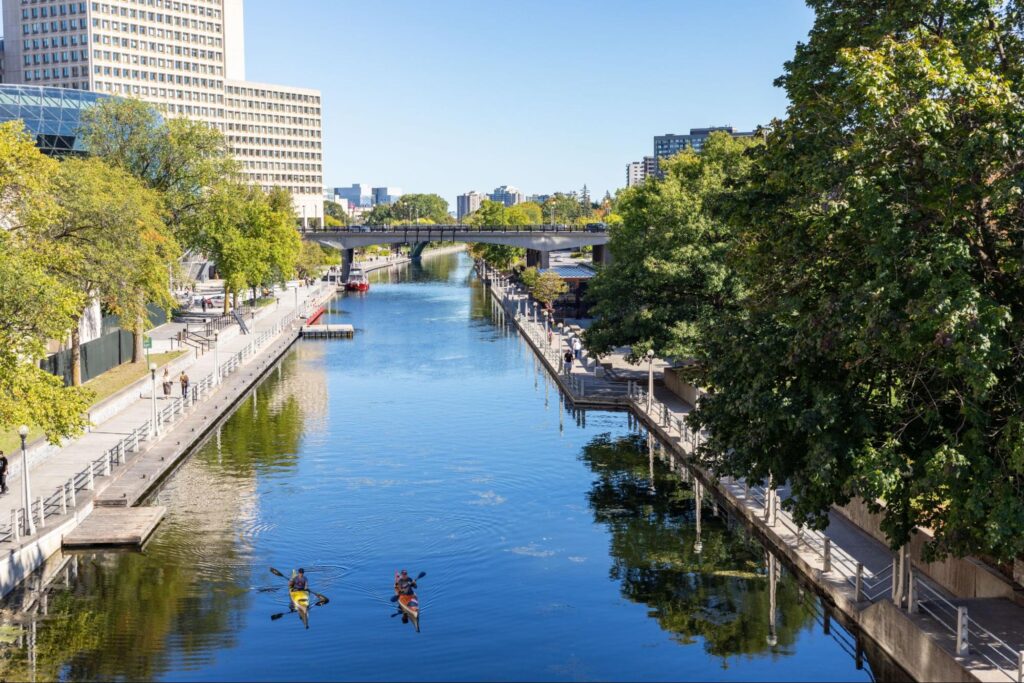The Canadian Resume Format That Actually Gets You Interviews

Crafting Your Canadian Resume: Your Gateway to Interviews
For many newcomers, the job search in Canada can be a frustrating experience, often starting with a seemingly simple hurdle: the resume. What worked in your home country might not resonate with Canadian employers. The Canadian job market has specific expectations for resume format, content, and style. Understanding these nuances and adapting your resume accordingly is crucial for getting past the initial screening and landing those coveted interviews. This guide will walk you through the essential elements of a Canadian resume that gets results.
Key Differences: International vs. Canadian Resumes
Before you start writing, it’s important to understand what Canadian employers look for and what they avoid:
- No Personal Information: Unlike many countries, Canadian resumes generally do NOT include: photos, age, date of birth, marital status, religion, or SIN (Social Insurance Number). This is to prevent discrimination.
- Focus on Skills and Achievements: Emphasize what you achieved in your previous roles, not just your responsibilities. Use action verbs and quantify your accomplishments whenever possible.
- Conciseness: Aim for a maximum of two pages for most professionals. New graduates or those with less experience might even stick to one page.
- Keywords: Modern recruitment often uses Applicant Tracking Systems (ATS). Your resume needs to contain keywords from the job description to pass these filters.
- Canadian Experience (Implicit): While you may not have direct Canadian work experience, highlight transferable skills and any Canadian education or volunteer work.
Essential Sections of a Canadian Resume
A standard Canadian resume typically includes the following sections, in this order:
1. Contact Information
- Your Name (prominently displayed)
- Phone Number (Canadian number preferred)
- Email Address (professional-looking)
- LinkedIn Profile URL (ensure it’s updated and professional)
- City and Province (e.g., Toronto, ON) – full address is not necessary.
2. Summary or Objective (Optional but Recommended)
A brief (3-5 lines) paragraph at the top that highlights your key skills, experience, and career goals. Tailor this to each job application.
3. Work Experience
List your work history in reverse chronological order (most recent first). For each role, include:
- Job Title
- Company Name, City, Province, Country
- Dates of Employment (Month, Year – Month, Year)
- Bullet Points: Use strong action verbs to describe your responsibilities and, more importantly, your achievements. Quantify results whenever possible (e.g., "Increased sales by 15%" instead of "Responsible for sales").
4. Education
List your post-secondary education in reverse chronological order. Include:
- Degree/Diploma Name
- Institution Name, City, Province, Country
- Graduation Date (or expected date)
- Relevant coursework or academic achievements (optional).
If you have an Educational Credential Assessment (ECA), you can mention its Canadian equivalency here.
5. Skills
This section is crucial for ATS. Divide your skills into categories:
- Technical Skills: Software, programming languages, specific tools.
- Soft Skills: Communication, teamwork, problem-solving (use keywords from the job description).
- Languages: List all languages you are proficient in.
6. Volunteer Experience (Optional but Recommended)
If you lack Canadian work experience, volunteer work can demonstrate transferable skills, community involvement, and a commitment to your new country.
7. Awards and Certifications (Optional)
Any relevant awards, professional certifications, or licenses.
Tips for Optimizing Your Canadian Resume
- Tailor Each Resume: Never use a generic resume. Customize it for every job application by incorporating keywords from the job description.
- Use Action Verbs: Start bullet points with strong action verbs (e.g., "Managed," "Developed," "Implemented," "Analyzed").
- Quantify Achievements: Use numbers, percentages, and dollar amounts to show the impact of your work.
- Proofread Meticulously: Typos and grammatical errors create a poor impression. Use grammar checkers and ask someone to review it.
- Save as PDF: Always save and submit your resume as a PDF unless otherwise specified. This preserves formatting.
Conclusion: Your Resume as a Marketing Tool
Your Canadian resume is more than just a list of your past jobs; it's a marketing tool designed to showcase your value to a potential employer. By understanding the Canadian format and tailoring your document to each opportunity, you significantly increase your chances of getting noticed and securing those all-important interviews. Invest time in perfecting your resume, and it will pay dividends in your Canadian job search.
[wpseo_breadcrumb]

Related content